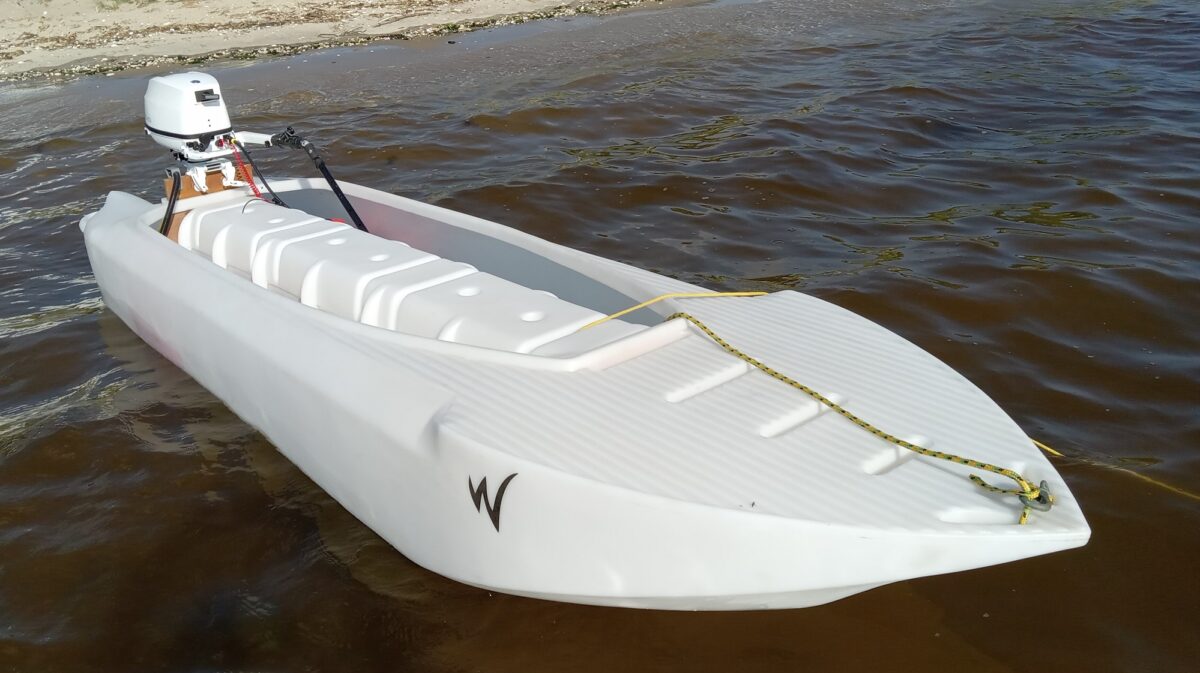John Zoltner, an engineer and kayak fisherman from upstate New York, outfitted his W500 fishing kayak with an electric trolling motor system (Read More >)
Using his knowledge of prior art in this field, he created a remote steering system using cables. And finally, he improved upon it:
-“I’ve also been fine-tuning my trolling motor concept: I crossed the cables between the TM cross shaft and where it enters the yak. What this does is give me steering that responds directly to the direction I push the control handle. I no longer have to reverse my direction logic when I choose to turn in either direction. I also wasn’t satisfied with my TM crank pulley, so I ripped it out and now have a horizontal reel crank that works much better. .. I also want to try adding a rudder directly to the body of the trolling motor…”
This is a great example that shows how design and development processes are never final – There is always something new to learn, something new to test, and something that you don’t like 🙂
It’s possible to find many examples in this article about motorized fishing kayaks ».

